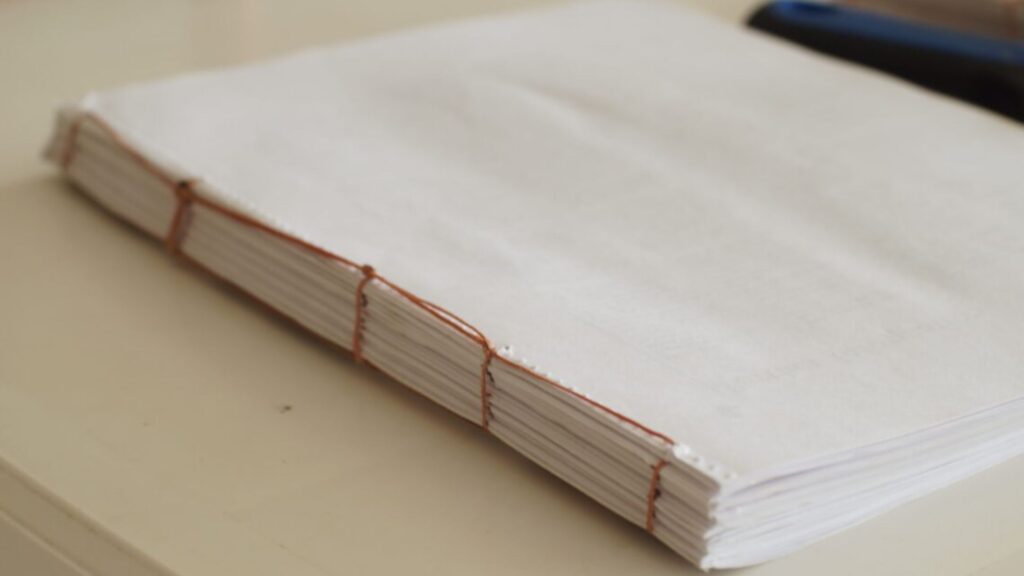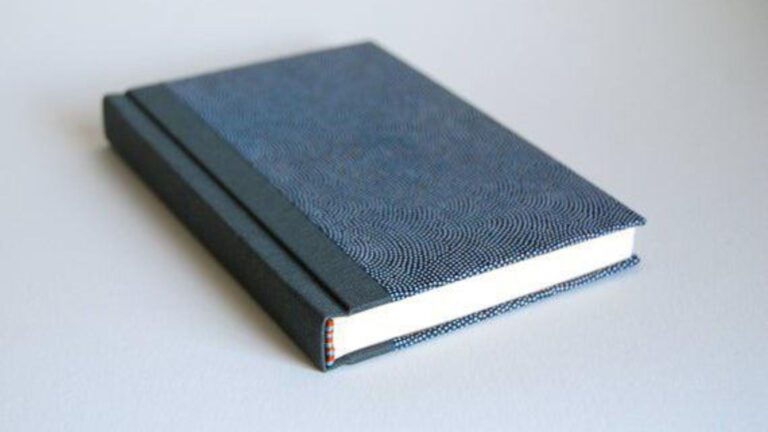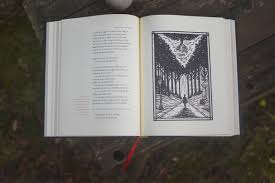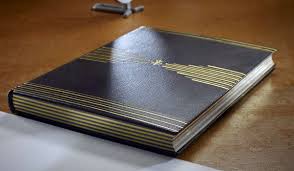
Binding transforms loose pages into masterpieces
At first glance, a pile of loose pages might seem like just that—scattered sheets with little value. However, binding transforms loose pages into masterpieces, turning disorganized content into cohesive, durable, and beautiful works of art. From cherished novels to professional portfolios, binding plays a crucial role in elevating printed materials, preserving stories, and enhancing usability.

Why Binding Matters: From Chaos to Cohesion
Loose pages lack structure and protection, making them vulnerable to damage, loss, or disarray. Binding secures these pages, creating a unified whole that readers can handle confidently without fear of pages falling apart. This transformation supports not only the physical integrity of the material but also the reader’s experience, making content easier to navigate and enjoy.
In essence, binding provides the skeleton and skin of printed works, ensuring they endure the test of time. By converting scattered sheets into finished products, binding transforms loose pages into masterpieces that last through countless readings.
Popular Binding Methods That Elevate Publications
Different binding techniques suit various purposes, each adding its own touch of craftsmanship. Saddle stitching staples folded pages together, commonly used for magazines and booklets. Though simple, it offers a neat and functional solution for thinner publications.
Perfect binding glues pages to a flexible spine, creating sleek paperback books ideal for novels and manuals. This technique not only enhances durability but also lends a polished look.
For truly timeless works, case binding (hardcover binding) involves sewing pages before attaching a rigid cover. This method offers maximum protection and elegance, perfect for coffee table books or treasured collections.
Each of these methods proves that binding transforms loose pages into masterpieces by combining function with aesthetic appeal.
The Impact of Binding on Reader Experience
Beyond physical structure, binding significantly shapes how readers interact with publications. A well-bound book opens smoothly and lies flat, inviting prolonged engagement. Conversely, poorly bound works can frustrate users with loose or stiff pages.
Binding also affects portability and storage. Compact, sturdy books travel well and fit neatly on shelves, protecting contents from wear and tear. This reliability encourages readers to revisit their favorite works repeatedly.
Furthermore, decorative binding elements—such as embossed covers, colored threads, or gilded edges—add a sensory dimension that enhances appreciation. These details show how binding transforms loose pages into masterpieces that delight readers visually and tactilely.
Binding as a Form of Artistic Expression
In many ways, binding is an art form itself. Skilled binders use techniques and materials to complement and elevate content, crafting objects that transcend functionality. Hand-stitched spines, leather covers, and custom embossing turn books into heirlooms and collector’s items.
Artists and designers often collaborate with binders to create unique editions that showcase craftsmanship. Limited runs of artist’s books highlight binding as a creative medium, blending form and content.
This artistic perspective reinforces that binding transforms loose pages into masterpieces, where every element—from paper to spine—contributes to storytelling.
Choosing the Right Binding for Your Project
Selecting the appropriate binding method depends on your goals, budget, and audience. For everyday use, cost-effective options like saddle stitching or perfect binding suffice. For luxury or archival works, investing in case binding or specialty hand binding elevates value.
Understanding the balance between durability, aesthetics, and function helps creators make informed decisions. Working with experienced printers and binders ensures the final product meets expectations.
Remember, the moment loose pages become bound is when a collection of words, images, or data truly becomes a masterpiece. Truly, binding transforms loose pages into masterpieces that communicate, endure, and inspire.






